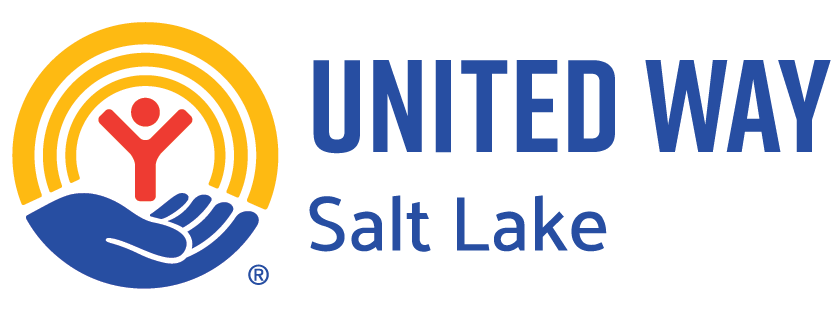
 by Kellie Mieremet
by Kellie Mieremet
Family Support Center Volunteer Coordinator
and Stephanie Rokich
United Way of Salt Lake Community Volunteer Engagement Coordinator
At this year’s Utah Nonprofits Association Annual Conference, we had the opportunity to highlight the volunteer management profession during our session, Change the Way You See Volunteer Programs: Volunteers Are More than Task Rabbits! If you work with, manage, or otherwise interact with volunteers, keep reading!
During this session, we took about thirty participants through the process of identifying the benefits of seeing volunteers as more than just warm bodies there to do the work that nobody else wants to do. We highlighted the need to create an impactful volunteer program that starts with the why, moves to the how, and ends with the what.
One of the first steps to building a strong volunteer program is to assess WHY your organization wants a volunteer program and why volunteers will want to participate in the delivery of your mission. Philosophy statements define the ways volunteers fit into your organization’s structure.
Once your organization has set the stage for volunteer involvement, you can move on to HOW volunteers can engage in your work. Consider a system of volunteer levels to move a “shopper” volunteer who is trying your volunteer program on for size to a “reliable regular” or even a “committed leader” who is engaged and emotionally invested in your program and your organization. What messages do you use to engage volunteers at different levels? How do you invest in volunteers at higher levels? Also consider your volunteers’ comfort, convenience, and connection when creating specific opportunities.
 Next, develop a sound infrastructure to manage your volunteer program – the WHAT. Consider what your organization’s commitment to volunteer management capacity is? Do you have funding, training, and a dedicated volunteer manager? Organizations with a lack a support, funding, and training for the volunteer program have significantly lower volunteer retention rates (Hager & Brudney, 2013).
Next, develop a sound infrastructure to manage your volunteer program – the WHAT. Consider what your organization’s commitment to volunteer management capacity is? Do you have funding, training, and a dedicated volunteer manager? Organizations with a lack a support, funding, and training for the volunteer program have significantly lower volunteer retention rates (Hager & Brudney, 2013).
One of the tools participants walked away with was a Return on Investment worksheet. Using this worksheet, you can show the value of your organization’s volunteers and how they contribute to the community you serve. The worksheet allows you to calculate the cost of onboarding a new volunteer and then comparing that to how long the volunteer stays with your organization. Through this exercise, you can see the importance of volunteer retention and investment.
“No matter how well intentioned volunteers are, unless there is an infrastructure in place to support and direct their efforts, they will remain ineffective at best or, worse, become disenchanted and withdraw, potentially damaging recipients of services in the process.” (Hager & Brudney, 2004, p. 3)
When your organization recognizes how important an effectively led volunteer program is to your mission, you will be able to invest in the capacity of your program. Providing funding, position support, and professional development is a cornerstone to retaining volunteers and impacting your mission.
If you have thoughts or questions about your volunteer program, please let us! You can contact us at volunteer.coordinator@familysupportcenter.org or volunteercenter@uw.org


